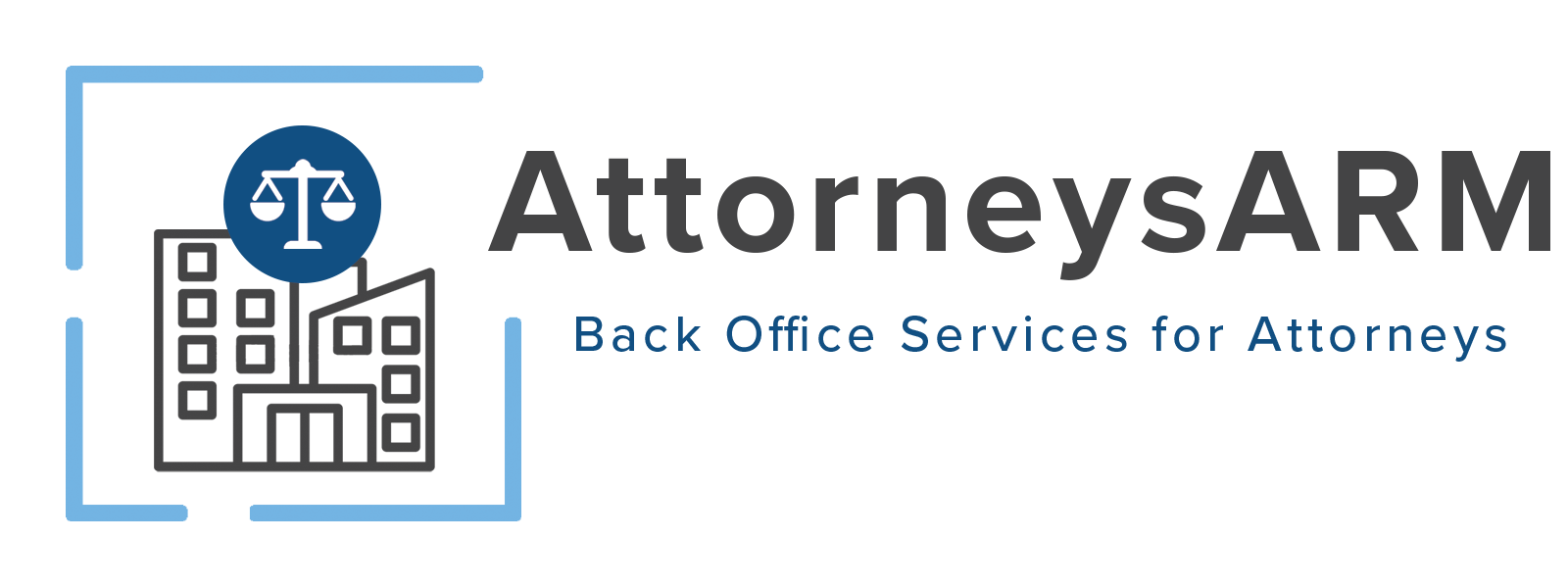Accounts receivable management is the process of managing the money that comes into your business from services that your business provided to others. To help small business owners get started, we’ve put together this short guide. It is not meant to be an all-encompassing walk through of ARM. It is meant to call some of the most important aspects of the process to your attention. As you place the major components of your ARM system into place, you’ll then be ready to refine it to better meet your needs. Ready? Let’s get started!
Clearly Written Procedures for Your Accounts Receivable Management Process
Don’t worry – no one really expects you to sit down and write out everything about your ARM process before you begin your business. Sometimes, it is much easier for you to clearly document your procedures as you work through each part of the process. It doesn’t matter if you refer to this process as documentation, written AR procedures, or a billing and payments manual, the purpose of it is to act as a training tool and to act as a reference tool. As your business grows, it can also help ensure that all of your clients are treated equally.
Tasks that should be addressed include (but not limited to):
- When invoices will be mailed out each month.
- How various payments are applied into your accounting software.
- How to create a new client or contact into your accounting software.
- How an invoice is created.
- How credit decisions are made for clients.
- Where a credit application may be found.
- How to run a credit check on clients.
- The amount the business charges for late fees, additional charges for running a credit card (if necessary), fees for a returned check, and any other fees.
Choose the Accounting Software Right for Your Business
Consider the needs of your business as you choose accounting software. There are programs designed to serve the specific needs of both the legal and medical industries. There are accounting programs that will work regardless of industry, but you may have to tweak the options to make it work well. That can take some time. Some considerations include (but shouldn’t be limited to):
- Whether you want it installed on your hard drive or if you want to work from the cloud.
- Which payment methods will be supported
- Can you easily generate the reports that you need?
- Can you easily provide your CPA with the information that they need for your taxes every year?
- Can you customize your invoices with your business logo?
- Can you create a list of services you provide on a regular basis that will populate for you?
- Can you bill for both flat rate projects and hourly projects?
Take Time for Billing and Payments Every Day
One of the best ways to stay on top of your accounts receivable management process is to take the time each day to create invoices and apply payments every day. Otherwise, the entire process can quickly overwhelm you. Do not rely on your memory and think that you’ll be able to put it into your accounting software later. Take time every day and input your time and your projects.
Timely Invoices Are Important for You and Your Clients
Choose a time each month that your clients can expect to receive an invoice from you. In some industries, it may be more common for the client to get an invoice the day that services are rendered. The payment is usually due at the time of service in those instances. However, for small businesses that plan to mail out invoices (or email invoices!), you should choose a day of the week or time of the month that you’ll send out invoices.
This is important for you because it helps you ensure that you’ve billed out everything you should. Your financial reports are more accurate. You’ll have a better picture of the financial standing of your business for the week, month, quarter, or even year.
This is important for clients so that they know when they can expect their invoice. This will help them plan their payments. If you are a service provider for businesses, there’s generally an approval process that your invoice must undergo before the company cuts a payment. So, knowing when they can expect your invoice benefits you because you’re able to estimate when you can expect the payment.
Have a Collections Process
The collections process comes at the end of your ARM process. You should document your entire collections process. When will follow-up phone calls start? What about letters? What will your criteria be for small claims court? How long will you try to collect on an account before you turn it over to a professional collections agency? You can learn more about planning your collections process by reading this post.
Feeling Overwhelmed by Accounts Receivable Management?
If you’re feeling overwhelmed by accounts receivable management, Clients ARM is here to help. We have more than 30 years of experience in the field. We can help you with everything from written documentation to billing and even payment applications. Clients ARM also provides unique services for both lawyers and healthcare practitioners. To learn more about our services, schedule your free consultation.




